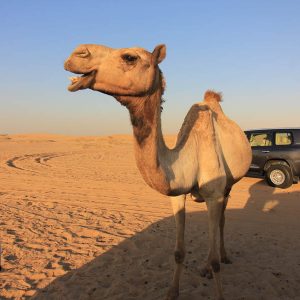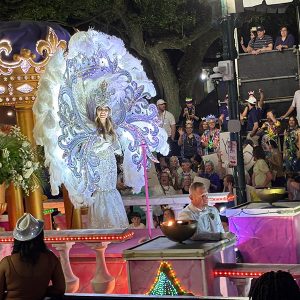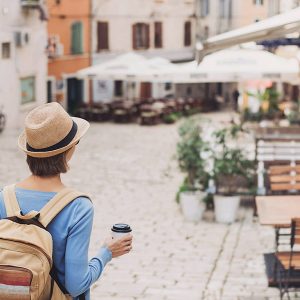Myanmar (Burma, as we used to call it) is a tricky one – off limits to tourists for so long, it is still finding its feet as far as tourism goes and politically, controversy never seems very far away. That said, travel is all about opening your mind, isn’t it? It’s impossible to understand the full story unless you go and experience it for yourself.
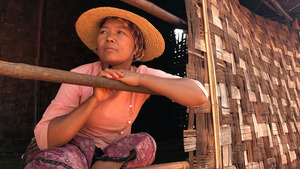 There is no official Tourist Board but, working with private sector partners in the Myanmar Tourism Federation, I was privileged to be invited on an introductory tour, based on the Burma Explorer itinerary with Wendy Wu Tours. This is a tour that focuses on the four areas where tourism has blossomed most readily – Yangon, Bagan, Mandalay and Inle lake – all in the central zone of the country and far away from the troubled border regions. It was clear from the moment we arrived in Yangon that this was going to be quite different to other Asia travel experiences.
There is no official Tourist Board but, working with private sector partners in the Myanmar Tourism Federation, I was privileged to be invited on an introductory tour, based on the Burma Explorer itinerary with Wendy Wu Tours. This is a tour that focuses on the four areas where tourism has blossomed most readily – Yangon, Bagan, Mandalay and Inle lake – all in the central zone of the country and far away from the troubled border regions. It was clear from the moment we arrived in Yangon that this was going to be quite different to other Asia travel experiences.
Travelling in early April, with the temperature nudging 40c, those first few days in the city took some acclimatising. It’s busy, noisy, chaotic and the traffic is diabolical. The up-side of slow journeys by car is time to absorb and take in daily life, much of which happens kerbside with markets, street vendors and people rushing here, there and everywhere.
The best way to get around is on foot. The crumbling buildings of downtown Yangon represent one of the world’s greatest collections of colonial architecture and the area makes for an interesting walking tour – some have been restored but many are simply fading away. When your feet get tired, take a pit stop at one of the famous tea houses which you see all over the city – the perfect place to people-watch and a get a taste of local life and, if you have a sweet tooth, the popular condensed milk tea.
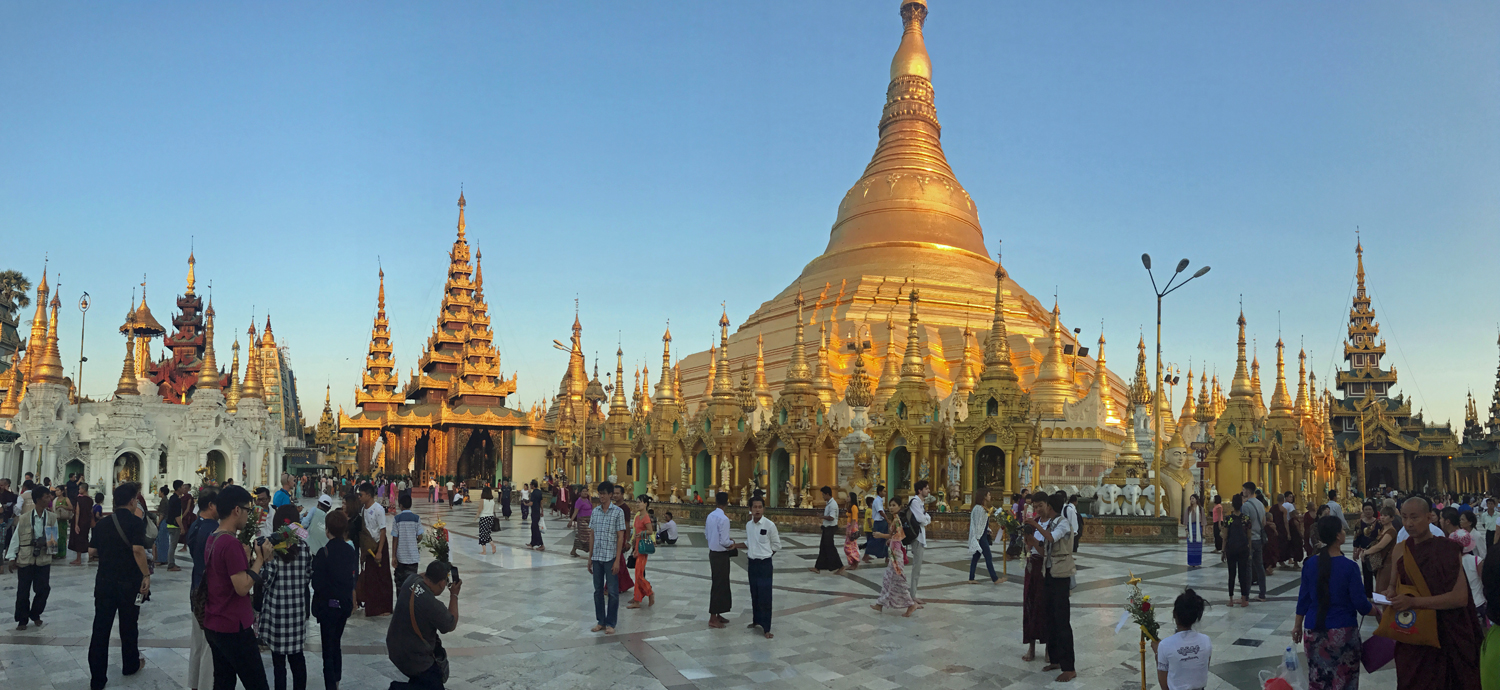
The famous Shwedagon Pagoda, 99 metres high and visible from many parts of the city, is Yangon’s most visited sight, crowded with both locals and tourists. It’s your first mind-blowing introduction to the central role Buddhism plays in everyday life here. Adorned with gold from over 22,000 bars, the pagoda is dazzling both in sunlight and when illuminated at night.
The only practical way to travel beyond Yangon is by domestic flight – with only a one hour check-in and speedy luggage delivery at the generally tiny airports, it’s a painless way to cover a lot of ground. Our first 30 minute flight took us to Bagan. Hard to imagine a starker contrast with Yangon. 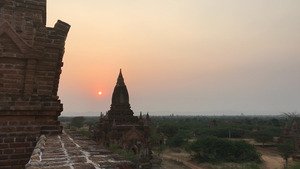 Set in a semi-desert plain, Bagan is one of Myanmar’s, if not Asia’s, greatest sights. It was the home to the first Myanmar Empire. Covering 42 square kms, the archaeological park is peppered with over 3,000 – yes that’s right 3,000 – temples built between the 9th and 13th centuries. Each and every one is different and en masse they are breathtakingly beautiful, particularly at sunrise and sunset. A popular option is to take a dawn balloon flight – not cheap at c$300 a head but an unforgettable experience. Renting an e-bike is also popular. Silent and speedy, it looked like a fun way to zip around and avoid the crowds.
Set in a semi-desert plain, Bagan is one of Myanmar’s, if not Asia’s, greatest sights. It was the home to the first Myanmar Empire. Covering 42 square kms, the archaeological park is peppered with over 3,000 – yes that’s right 3,000 – temples built between the 9th and 13th centuries. Each and every one is different and en masse they are breathtakingly beautiful, particularly at sunrise and sunset. A popular option is to take a dawn balloon flight – not cheap at c$300 a head but an unforgettable experience. Renting an e-bike is also popular. Silent and speedy, it looked like a fun way to zip around and avoid the crowds.
In the heat, a full day looking at temples is enough – for our second day in the area we drove out to Mount Popa, visiting some of the local Toddy Palm farms en route. The highlight at Mount Popa is admittedly another temple but this time one seemingly impossibly perched on top of a volcanic outcrop. There are 730 steep steps to climb with crowds and mischievous monkeys to combat along the way before you reach the dizzy heights of the peak. But the views make it worth the effort.
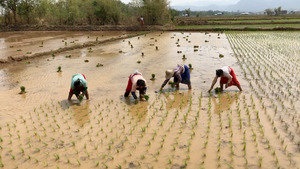 From Bagan, a one hour flight took us north to Mandalay. Built on a grid centred on the walls of the old palace, the city is easier to navigate than Yangon but is just as hectic and especially busy with motorbikes rather than cars. Our first stop – and crowded even at 8am – was the famous U Bein teak bridge, the world’s longest at 1200m spanning Lake Taungthaman. In summer the water levels are low enough to reveal land used for tomato and peanut crops. Once the summer rains come, the levels rise significantly making boat trips beneath the bridge possible. Another Mandalay highlight is to visit the workshops of the silk weavers and gold leaf makers – a first taste of the incredible variety of crafts and cottage industries in Myanmar. We ended our day with the obligatory ride up to Mandalay Hill for view back over the city – the view is rarely completely clear but even in the haze, it’s impressive.
From Bagan, a one hour flight took us north to Mandalay. Built on a grid centred on the walls of the old palace, the city is easier to navigate than Yangon but is just as hectic and especially busy with motorbikes rather than cars. Our first stop – and crowded even at 8am – was the famous U Bein teak bridge, the world’s longest at 1200m spanning Lake Taungthaman. In summer the water levels are low enough to reveal land used for tomato and peanut crops. Once the summer rains come, the levels rise significantly making boat trips beneath the bridge possible. Another Mandalay highlight is to visit the workshops of the silk weavers and gold leaf makers – a first taste of the incredible variety of crafts and cottage industries in Myanmar. We ended our day with the obligatory ride up to Mandalay Hill for view back over the city – the view is rarely completely clear but even in the haze, it’s impressive.
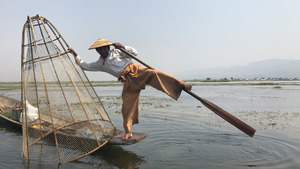 Another change of scene with our next flight to Heho, gateway to Shan State, by far the largest region in the country and home to many different minority groups and ever-changing landscapes from scorched iron rich-red fields, to lush tea plantations and mountain rice fields. The highlight of this region though is undoubtedly Inle Lake. It’s stunningly beautiful and at 22 kms long by 11kms wide, there’s a lot of water to cover and plenty to see. Lots of room too for the many long-tailed speed boats ferrying tourists from the stilted villages to the floating gardens and the many craft workshops. It’s enormous fun, skimming over the glassy water at speed. One of the first things you will see is the famous fishermen who have developed the skill of rowing using one leg and manipulating their circular net with the other. There are still real fisherman using this method but the main ‘catch’ these days is tourists, especially those willing to part with a few dollars to capture the perfect shot.
Another change of scene with our next flight to Heho, gateway to Shan State, by far the largest region in the country and home to many different minority groups and ever-changing landscapes from scorched iron rich-red fields, to lush tea plantations and mountain rice fields. The highlight of this region though is undoubtedly Inle Lake. It’s stunningly beautiful and at 22 kms long by 11kms wide, there’s a lot of water to cover and plenty to see. Lots of room too for the many long-tailed speed boats ferrying tourists from the stilted villages to the floating gardens and the many craft workshops. It’s enormous fun, skimming over the glassy water at speed. One of the first things you will see is the famous fishermen who have developed the skill of rowing using one leg and manipulating their circular net with the other. There are still real fisherman using this method but the main ‘catch’ these days is tourists, especially those willing to part with a few dollars to capture the perfect shot.
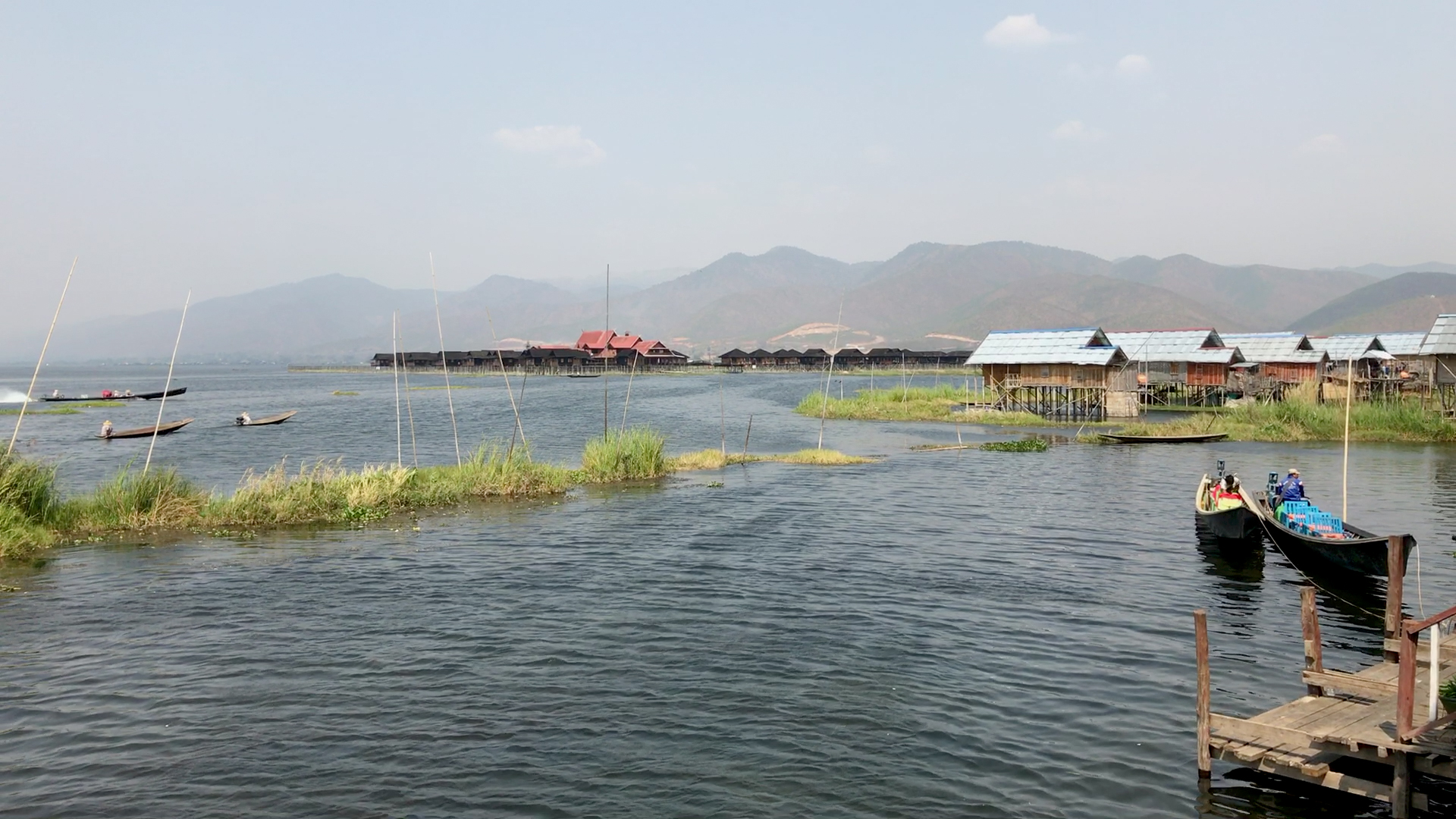
Aside from the fishermen, the lake as a whole and the people seeking out a living from its waters and banks are fascinating. Each village has a different specialism, with skills passed down through the generations. Silversmiths, lotus fibre weavers, cheroot makers and blacksmiths are just some of crafts you will see. The Shwe Inthein Paya is also well worth seeing – another ‘hidden’ collection of over 1200 17th and 18th century stupas. 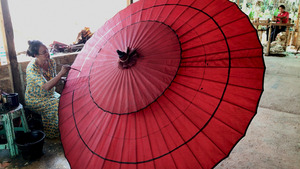 Once all adorned in gold, now they are in varying states of repair after being neglected for so long as well as damage caused by heavy fighting in the 90s. I could easily have stayed longer in Inle Lake and would recommend extending your stay and treating yourself to a few days relaxation in one of the more luxurious shoreside hotels.
Once all adorned in gold, now they are in varying states of repair after being neglected for so long as well as damage caused by heavy fighting in the 90s. I could easily have stayed longer in Inle Lake and would recommend extending your stay and treating yourself to a few days relaxation in one of the more luxurious shoreside hotels.
Beyond tourism, Myanmar has many issues to be addressed and the future is far from certain. What you see and experience is raw and genuine. Nothing is staged for tourists – you get to experience a culture that is complex, bewildering, even overwhelming at times. 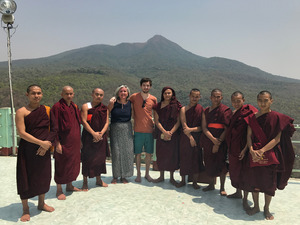 As always, the most abiding memories are those of experiences shared with the local people you meet along the way – the young monks at Mt Popa who insisted we join in their group photo, our hilarious guide in Mandalay who delighted in his new found freedom to tell non-PC jokes, witnessing the unbelievable skills and talent of local craftsmen and the unfailingly warm and curious welcome we received everywhere.
As always, the most abiding memories are those of experiences shared with the local people you meet along the way – the young monks at Mt Popa who insisted we join in their group photo, our hilarious guide in Mandalay who delighted in his new found freedom to tell non-PC jokes, witnessing the unbelievable skills and talent of local craftsmen and the unfailingly warm and curious welcome we received everywhere.
I ended the trip with more questions than answers but also a desire to go back and find out more.
Cathy travelled as a guest of the Myanmar Tourism Federation and Wendy Wu Tours. For full details of the Wendy Wu Tour’s Burma Explorer trip which follows almost exactly the same itinerary see ‘Burma Explorer’.
Silver Travel Advisor recommends Wendy Wu Tours.
To subscribe to travelguru.tv video reports visit YouTube.com/travelgurutv.

